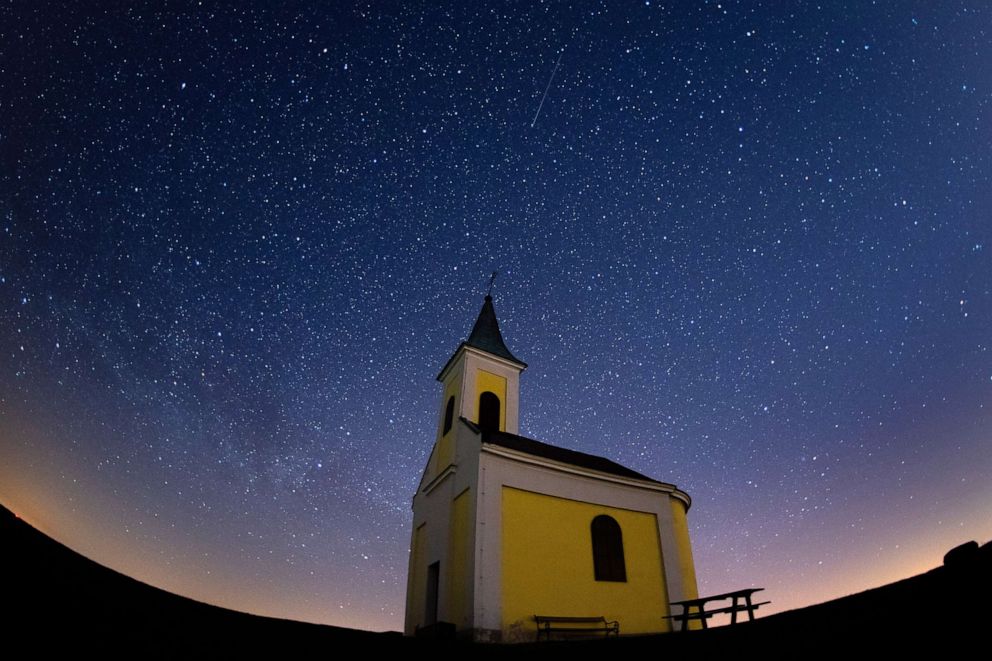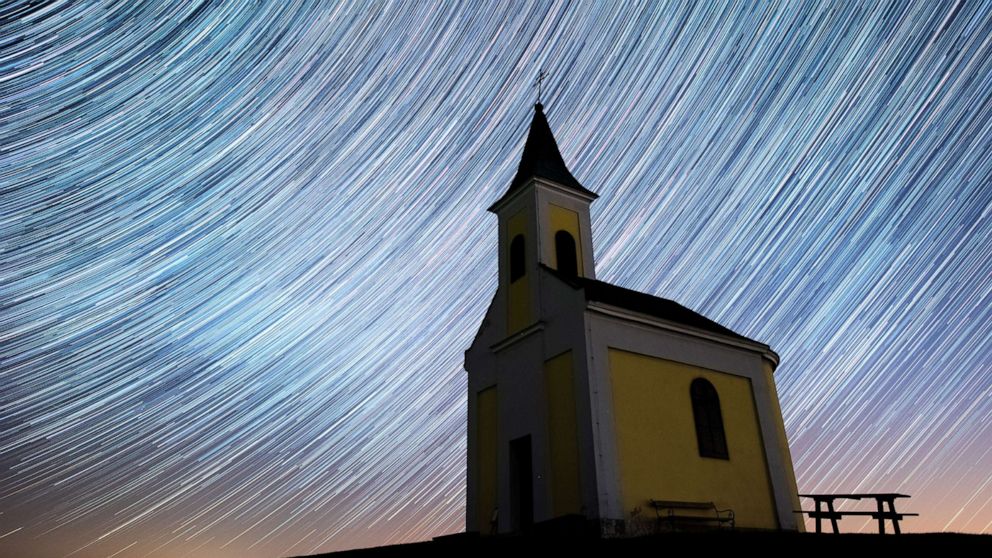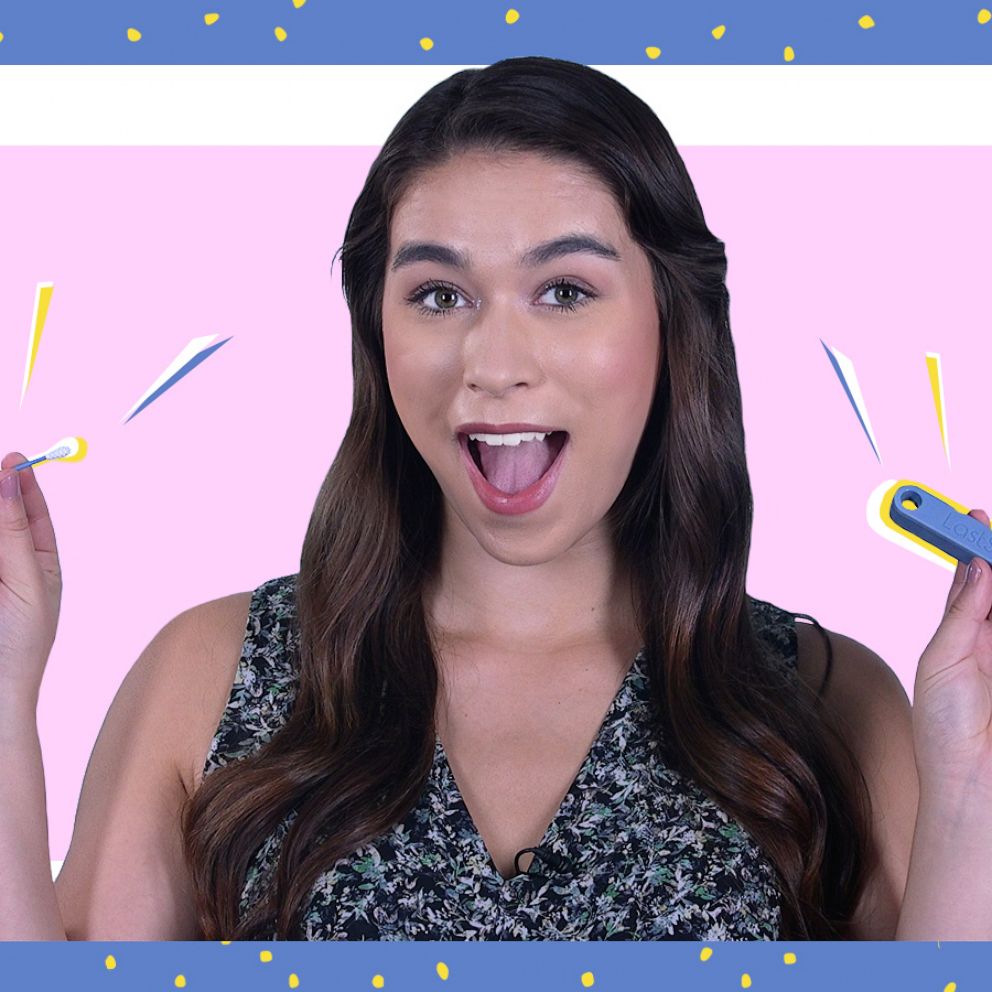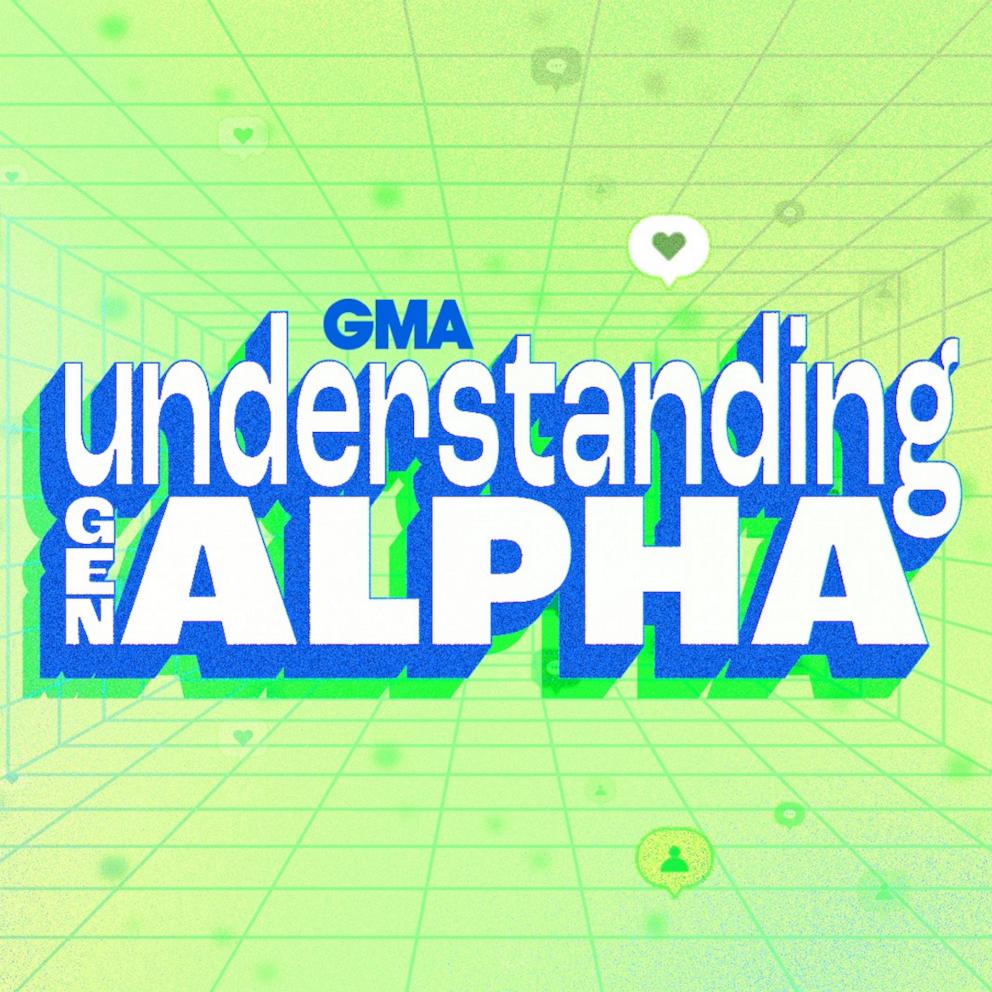Keep an eye on the sky for shooting stars this week

Shooting stars are set to light up the night sky this Earth Day!
The Lyrid meteor shower is active around the end of April every year.
While this meteor shower happens annually, this year it's special since the peak falls on April 22, the 50th anniversary of Earth Day.
What are the Lyrids?
The Lyrids have been observed for over 2,700 years, making it one of the oldest known meteor showers.
According to NASA, "the Lyrids are pieces of space debris that originate from the comet C/1861 G1 Thatcher."
They radiate out from the star Vega, one of the brightest in the night sky.
Where can you watch?
The Lyrids can be best viewed in the Northern Hemisphere after sunset and before dawn.
They can be best viewed in the dark and away from lights.
"A new Moon this year will make way for good viewing of the Lyrids, leaving the sky dark," NASA writes on their website. "While rates of Lyrids per hour can be low, they are also known to produce bright fireballs, and this year we are expecting rates of up to 15 meteors per hour."

If you aren't in a spot where you'll be able to view the Lyrids but still want to watch, visit the NASA Meteor Watch Facebook page.







